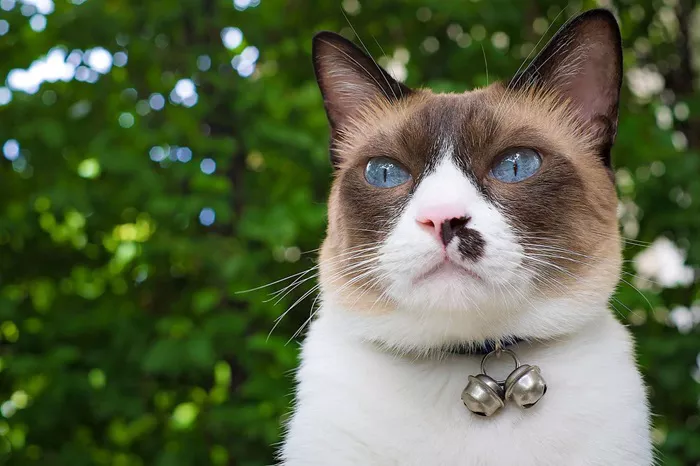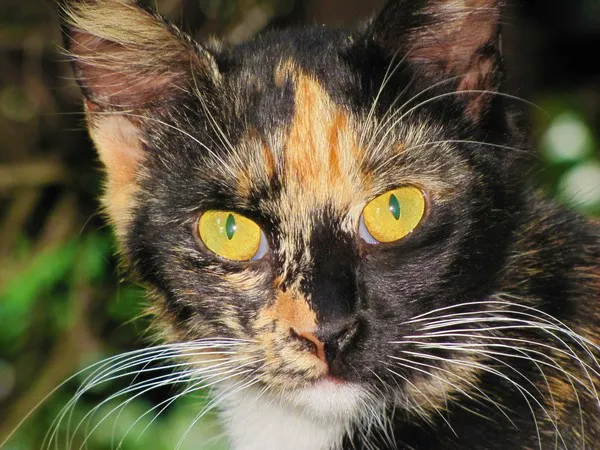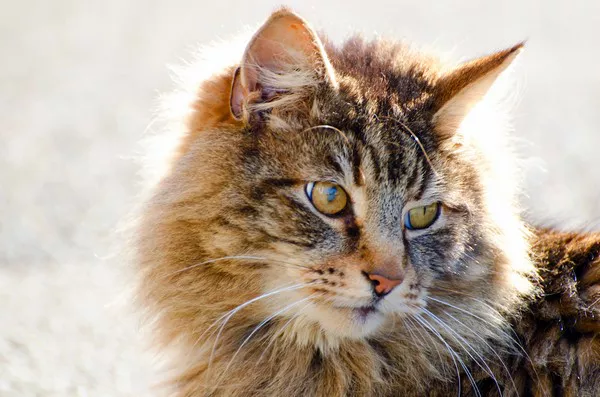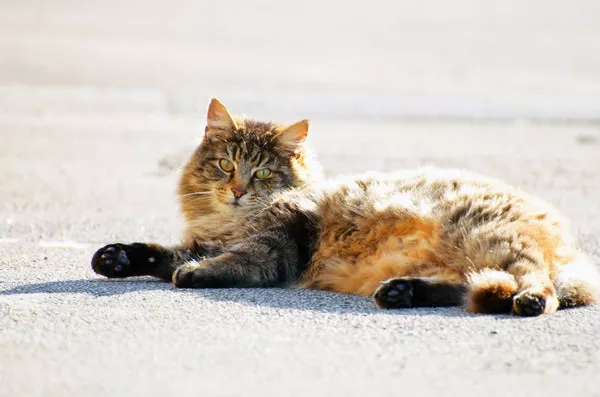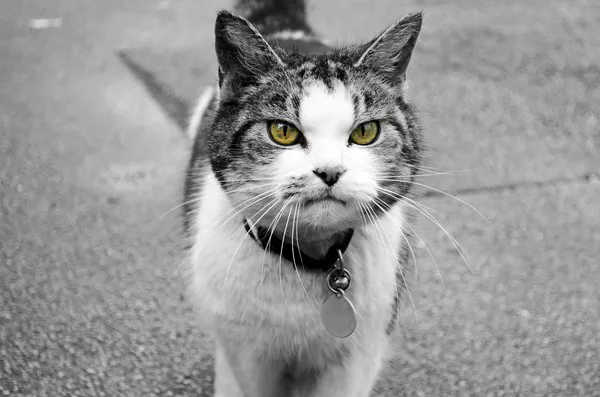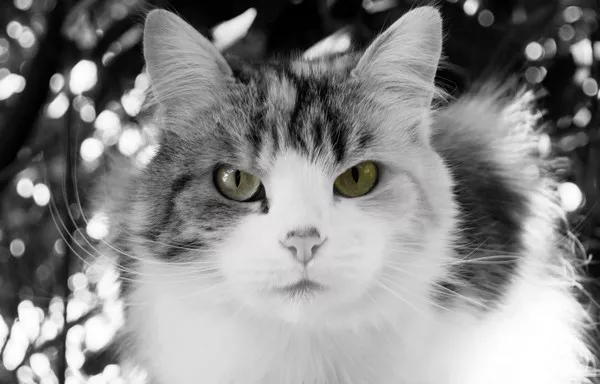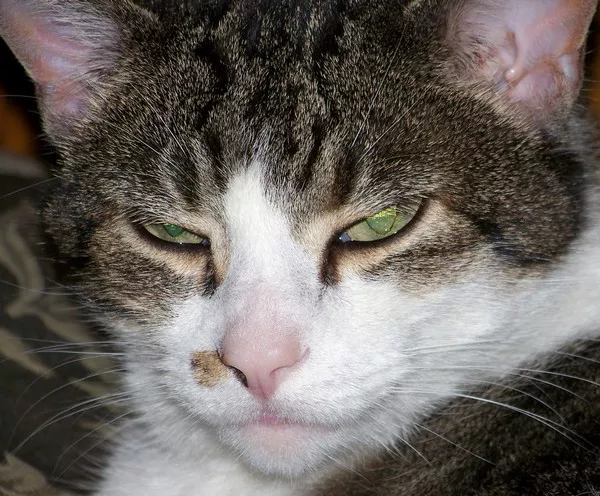Chausie cats, with their wild appearance and affectionate nature, are a unique and fascinating breed. Renowned for their intelligence and strong vocalization, these exotic felines often capture the hearts of cat enthusiasts. However, their talkative nature can sometimes pose challenges for owners who are unprepared for their vocalizations. In this comprehensive guide, we will explore whether Chausie cats talk a lot, delve into the reasons behind their vocalizations, and provide training tips to help manage their chattiness.
Understanding the Chausie Cat
Before delving into their vocalizations and training tips, let’s take a closer look at the Chausie breed. The Chausie is a hybrid cat breed that originated from crosses between domestic cats and the Jungle Cat (Felis chaus), a wild species found in Asia and parts of Africa. Known for their sleek, athletic build, long legs, and striking coat patterns, Chausie cats have a wild appearance that sets them apart from other domestic breeds.
In terms of temperament, Chausie cats are intelligent, energetic, and highly social animals. They thrive on human interaction and enjoy being part of the family, often forming strong bonds with their owners. Chausies are known for their vocalizations and are not shy about expressing their opinions through meows, chirps, trills, and other vocalizations.
Do Chausie Cats Talk a Lot?
Chausie cats are indeed known for their vocalization and are often described as talkative or chatty. They are not shy about vocalizing their needs, desires, or emotions, and may engage in frequent meowing, chirping, or trilling to communicate with their owners. Some Chausies have a wide range of vocalizations and may even develop their own unique sounds to express themselves.
There are several reasons why Chausie cats may be more vocal than other breeds:
Social Nature: Chausie cats are highly social animals that enjoy interacting with their owners and crave attention and companionship. They may use vocalizations as a way to initiate interaction, seek attention, or express their desire for affection.
Breed Traits: Chausie cats have a strong prey drive and are known for their hunting instincts. They may use vocalizations to communicate with other cats or to signal their readiness to hunt or play.
Attention-Seeking Behavior: Chausies are intelligent and curious cats that enjoy mental stimulation and environmental enrichment. They may use vocalizations as a way to seek attention or express boredom if their needs for stimulation are not met.
Emotional Expression: Like all cats, Chausies have their own unique personalities and may use vocalizations to express a wide range of emotions, including happiness, excitement, frustration, or anxiety.
While Chausie cats may be naturally talkative, excessive vocalization can sometimes become a nuisance or cause concern for owners. If your Chausie’s vocalizations become excessive or disruptive, it’s essential to address the underlying reasons behind their behavior and implement training strategies to manage their chattiness effectively.
Training Tips for Managing Chausie Cat Vocalization
While it may not be possible to completely eliminate a Chausie’s vocalization, there are several training tips and techniques that can help manage their chattiness and encourage more desirable behavior:
Provide Mental and Physical Stimulation: Chausie cats are intelligent and active animals that thrive on mental and physical stimulation. Provide plenty of interactive toys, puzzle feeders, and opportunities for play to keep your Chausie mentally engaged and physically active. Engage in regular play sessions to help burn off excess energy and prevent boredom-related vocalization.
Establish a Routine: Establish a consistent daily routine for feeding, playtime, and interaction with your Chausie. Cats thrive on predictability and routine, and having a structured schedule can help reduce anxiety and prevent excessive vocalization.
Use Positive Reinforcement: Use positive reinforcement techniques such as praise, treats, and rewards to encourage desirable behavior and discourage excessive vocalization. When your Chausie remains quiet or engages in appropriate behavior, reward them with treats, affection, or playtime to reinforce the desired behavior.
Ignore Unwanted Vocalization: If your Chausie engages in excessive vocalization for attention or to demand something, it’s essential to ignore the behavior and avoid reinforcing it with attention or rewards. Instead, wait until your cat is quiet and calm before providing attention or fulfilling their request.
Provide Enrichment: Create a stimulating and enriching environment for your Chausie by providing perches, scratching posts, hiding spots, and interactive toys. Encourage exploration and mental stimulation to keep your cat engaged and satisfied, reducing the likelihood of boredom-related vocalization.
Address Underlying Stress: Identify and address any underlying sources of stress or anxiety that may be contributing to your Chausie’s vocalization. Common stressors for cats include changes in routine, new pets or family members, loud noises, or environmental changes. Provide a safe and comfortable environment for your cat and address any sources of stress or anxiety through environmental modifications, pheromone therapy, or behavior modification techniques.
Consult with a Professional: If your Chausie’s vocalization persists despite your best efforts to manage it, consider consulting with a professional animal behaviorist or veterinarian for guidance and support. A behaviorist can assess your cat’s behavior, identify underlying causes of vocalization, and develop a tailored behavior modification plan to address the issue effectively.
Conclusion: Nurturing Your Chausie Cat
In conclusion, Chausie cats are known for their vocalization and are often described as talkative or chatty. While their vocalizations can be endearing and charming, excessive vocalization can sometimes become a nuisance or cause concern for owners. By understanding the reasons behind your Chausie’s vocalization and implementing training tips and techniques to manage their chattiness effectively, you can foster a harmonious and enjoyable relationship with your beloved feline companion. Remember to provide plenty of mental and physical stimulation, establish a consistent routine, use positive reinforcement, and address any underlying sources of stress or anxiety to help your Chausie thrive. With patience, consistency, and understanding, you can nurture a happy and well-adjusted Chausie cat that brings joy and companionship to your home for years to come.

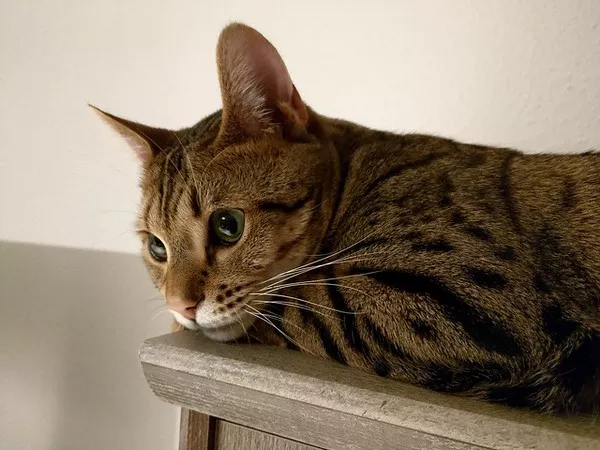
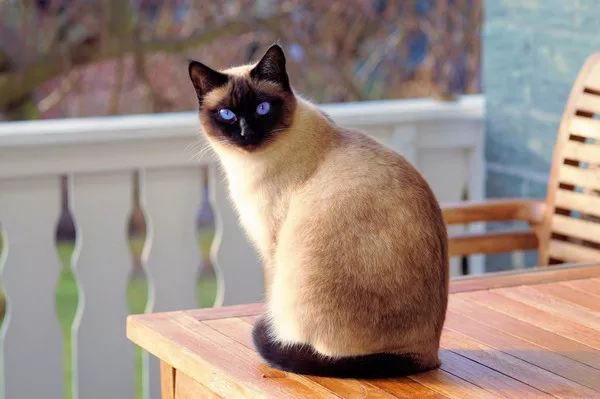

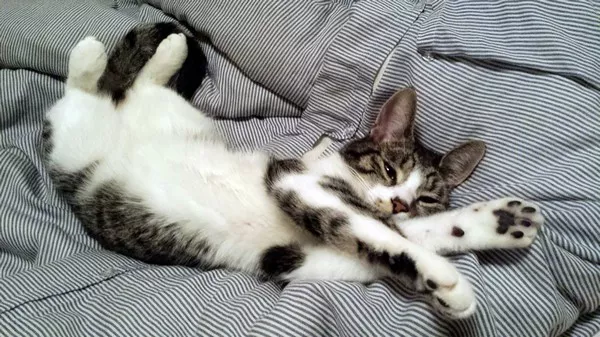
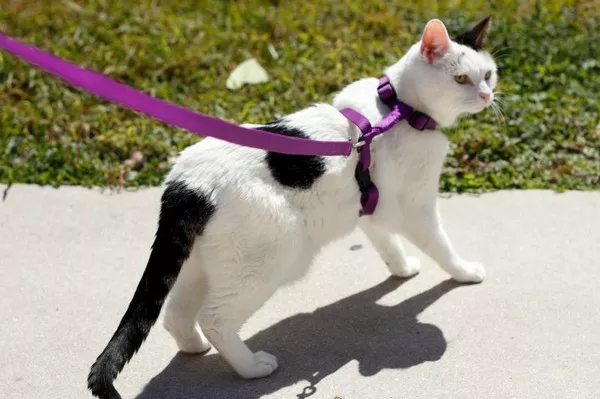



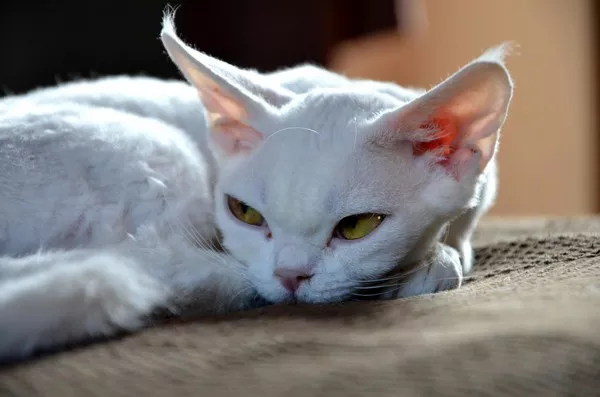
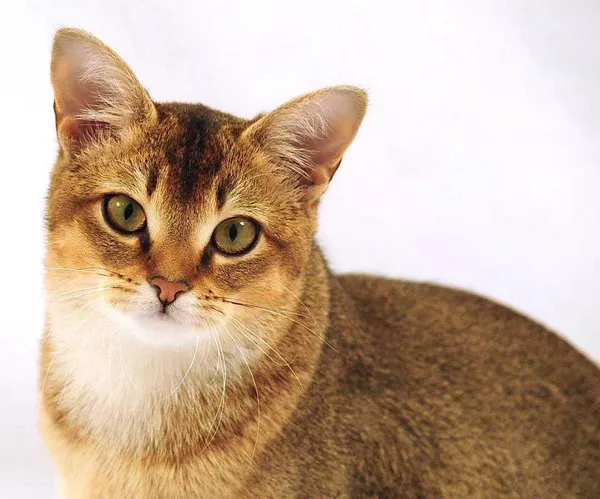
![Do Birman Cats Like to Cuddle? [Revealed!]](https://www.catsmeowweb.com/wp-content/uploads/2023/06/burmese-cat-6.webp)
